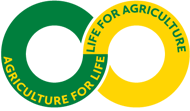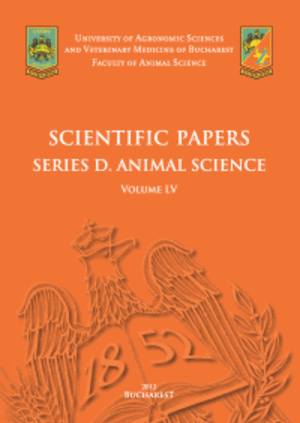Published in Scientific Papers. Series "Management, Economic Engineering in Agriculture and rural development", Vol. 24 ISSUE 4
Written by Cristina Elena APOSTOL, Roxana HOROIAȘ
In the south part of Romania, researches were and are performed on the influence of air temperatures (of droughts) on the development, fruiting and productivity of wheat crops. The growing season of wheat varieties starts around October 10-15, they get 40-50 days in the fall to reach tillering, and then enter in the vernalization stage. It returns at the beginning of February and is harvested until July 10-15. The wheat vegetation period was, on average, for the 10 studied agricultural years (2012-2022), 236 days, out of which 50 days in autumn, 46 days in winter and 185 days in spring-summer. Our own observations and calculations highlighted the fact that there were no significant correlations between the useful spring-summer precipitation and the wheat productions obtained during the study period, nor between the varieties considered drought tolerant and the level of harvests. There was, however, a positive correlation between the time when the rain came and the vegetation phase in which the crop was at that moment – if the precipitation reappeared near the beginning of the formation of the reproductive organs, the yields could go up to 80-85% of the potential of the variety. From technological point of view, the introduction of straw or other organic residues into the soil reduced its temperature, in hot summers, by 1.5-2.0°C, when the soil moisture was below 50%. If straws were used as mulch, the reduction in soil temperature was 1.7-2.2°C. The use, by breeding, of the genes that generate desiccation grains to wheat and corn could stop plants growing during periods of severe drought and re-vegetate with the onset of moisture, but this gene transfer is not yet accepted in Europe.
[Read full article] [Citation]

 Next Issue will be published according the the calendar.
Next Issue will be published according the the calendar.



